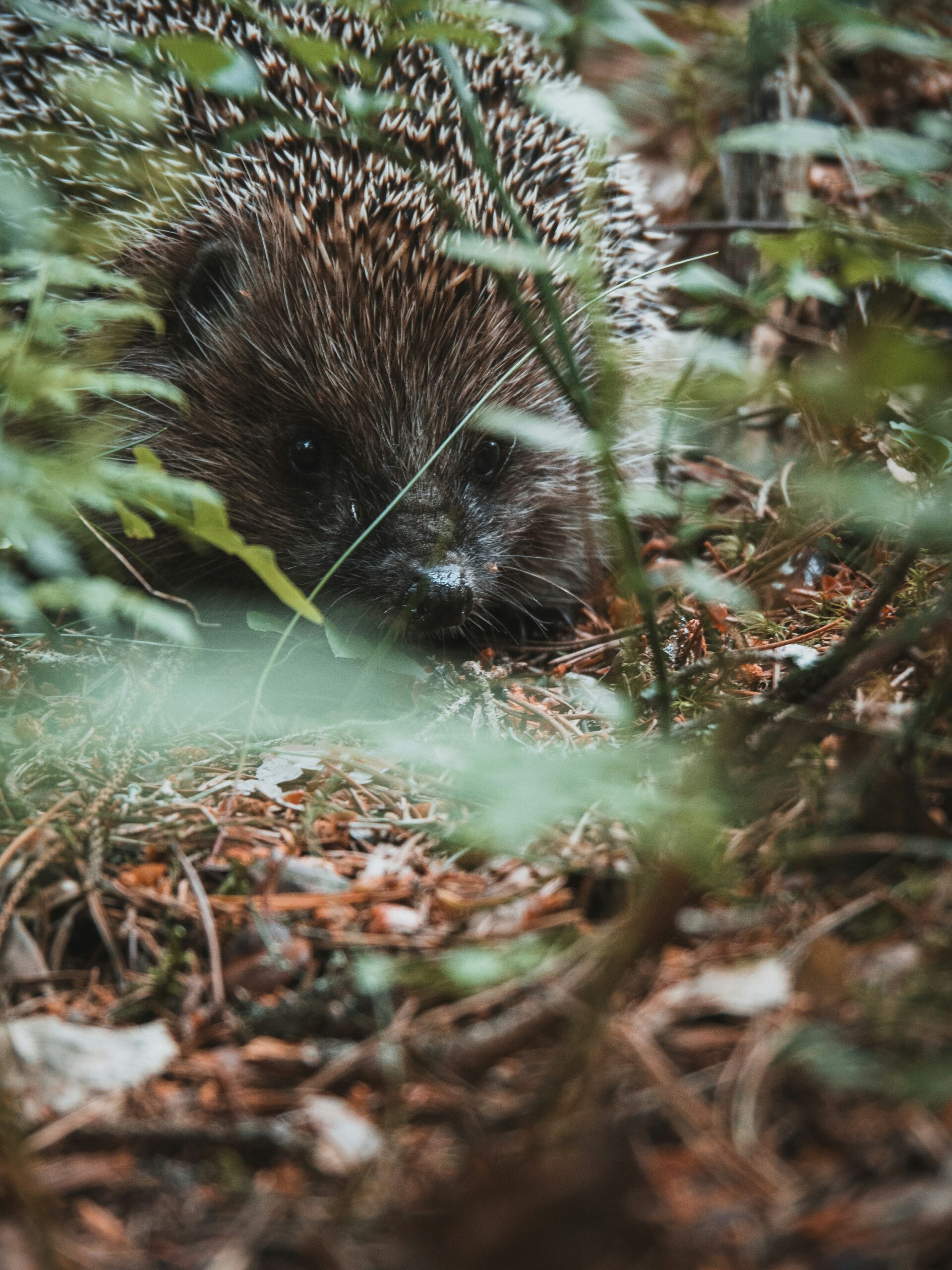There are more hedgehogs in more places in London than most people believe, but their numbers are dwindling across the country and with predicted population and urban density growth in London, it might be the final straw, according to the Zoological Society of London and the London Wildlife Trust.
- Where and whenever possible, advocate for remaining and retaining wild areas and hedges in parks, railway embankments, allotments, neighbours’ gardens, schools and any green spaces
- Allow or create 13cm square openings in fences
- Make sure ponds have exit ramps
- If you are lucky enough to feed them, give them any dog or cat food, not milk which upsets them, and keep pets or foxes off with a crate having a small 13cm square opening
- They eat slugs and snails, and slug pellets are toxic to them, so if they eat poisoned slugs, it can kill them. Biological controls for slugs or beer traps are much better
- Double check that a hedgehog has not moved into the bonfire heap before setting it alight. They will nest in the middle
ZSL: https://www.zsl.org/what-we-do/projects/london-hogwatch
London Wildlife Trust: https://www.wildlondon.org.uk/campaigns/record-your-sightings/hedgehog
Hedgehog FAQ: https://www.hedgehogstreet.org/about-hedgehogs/diet/

